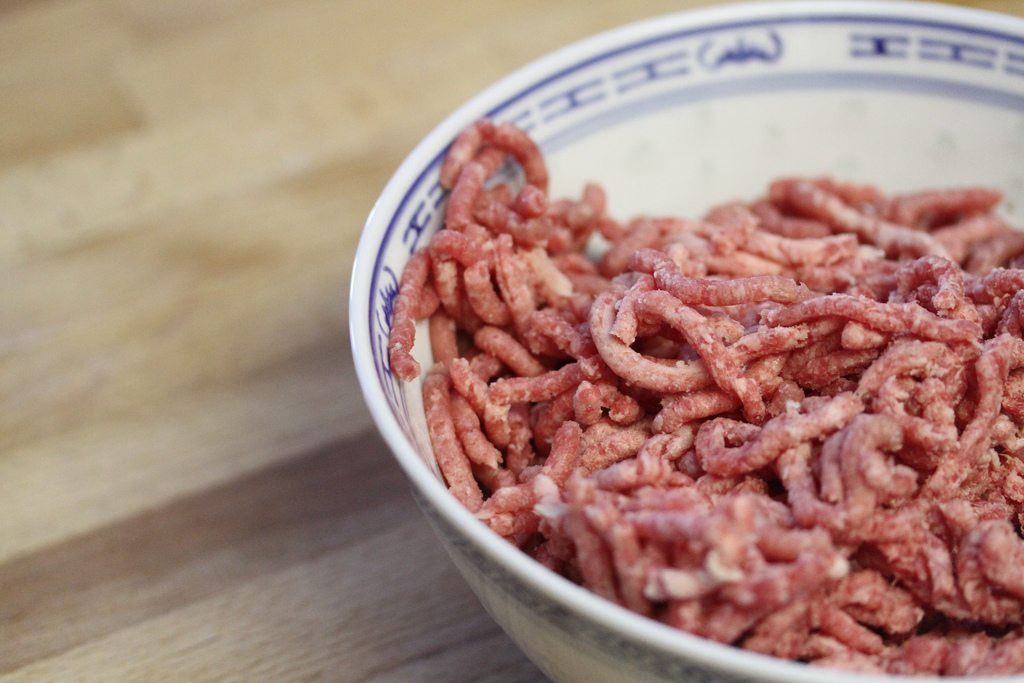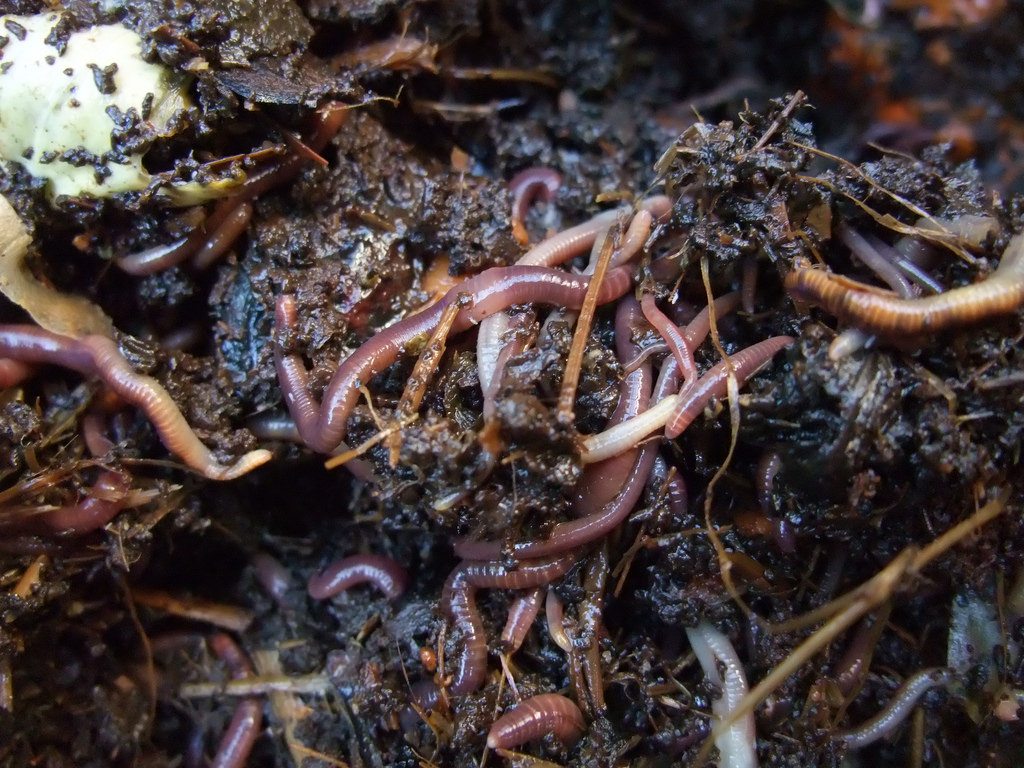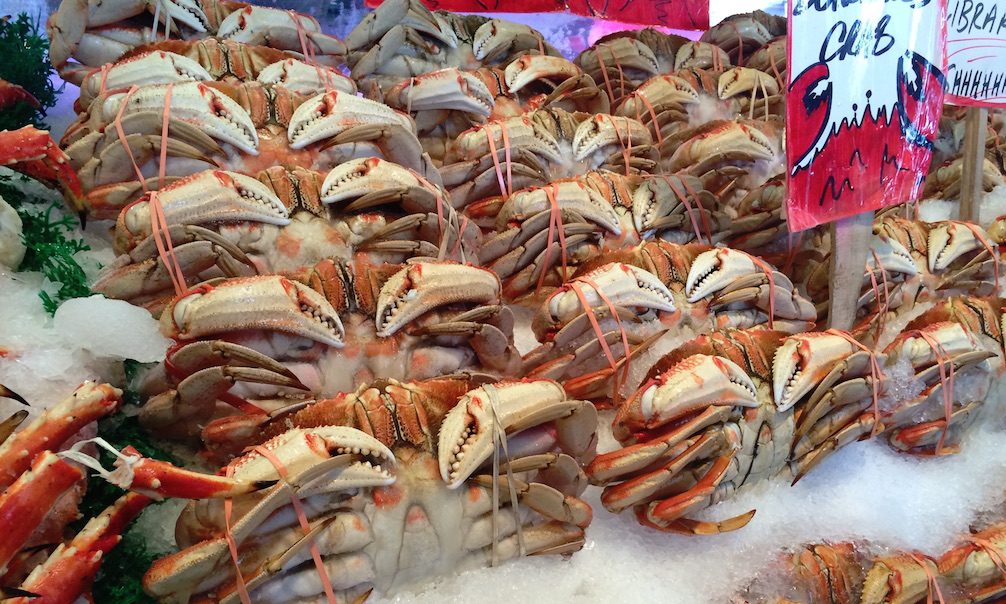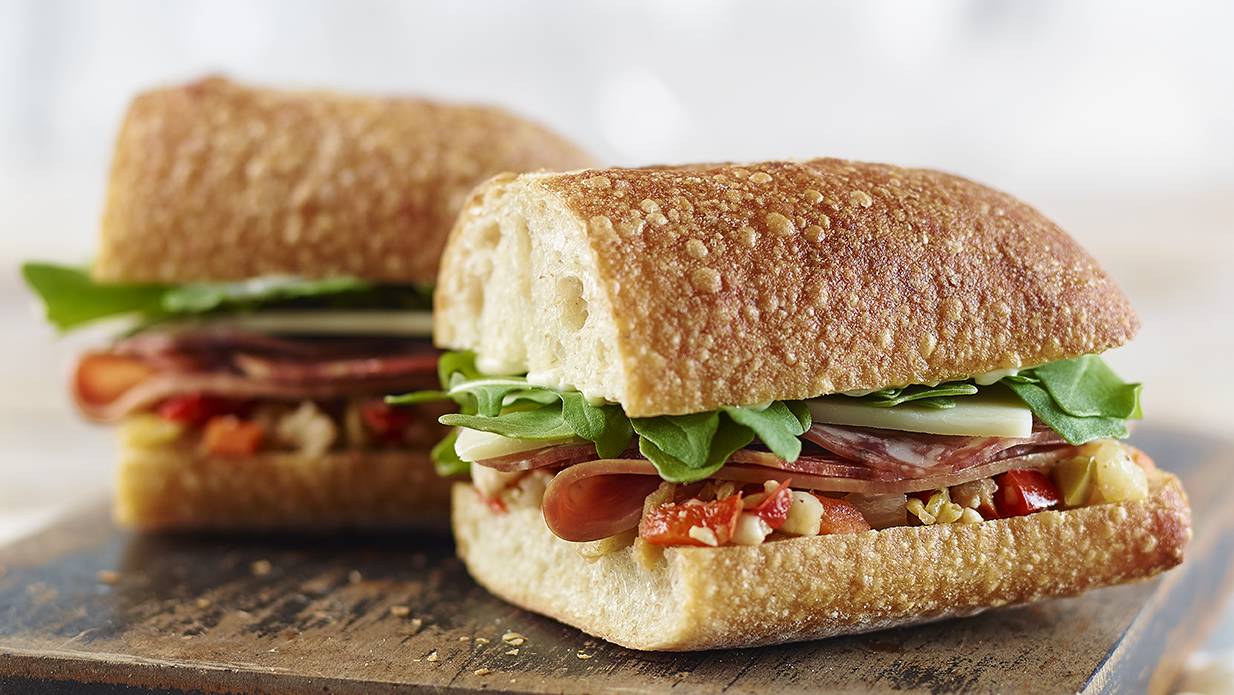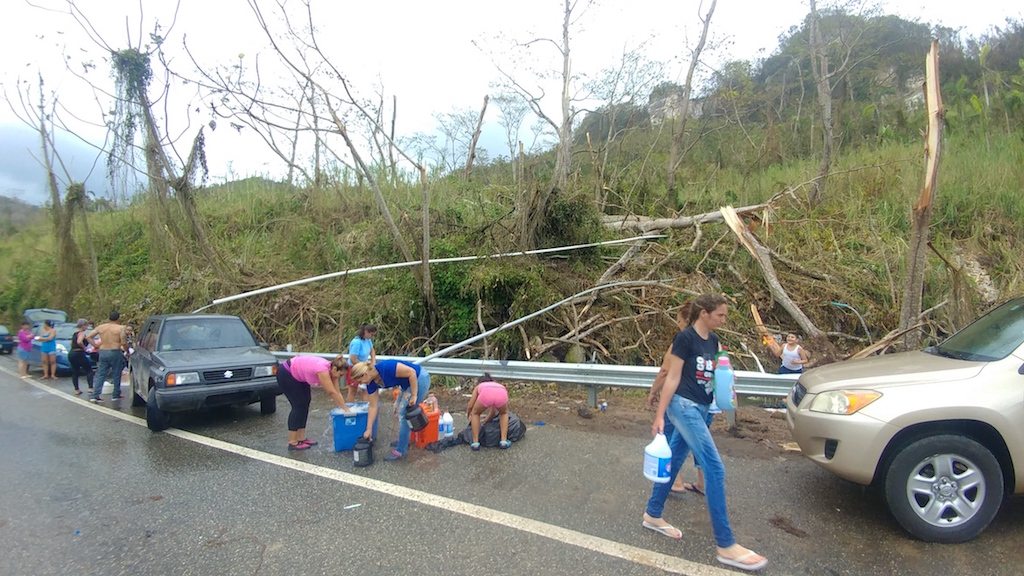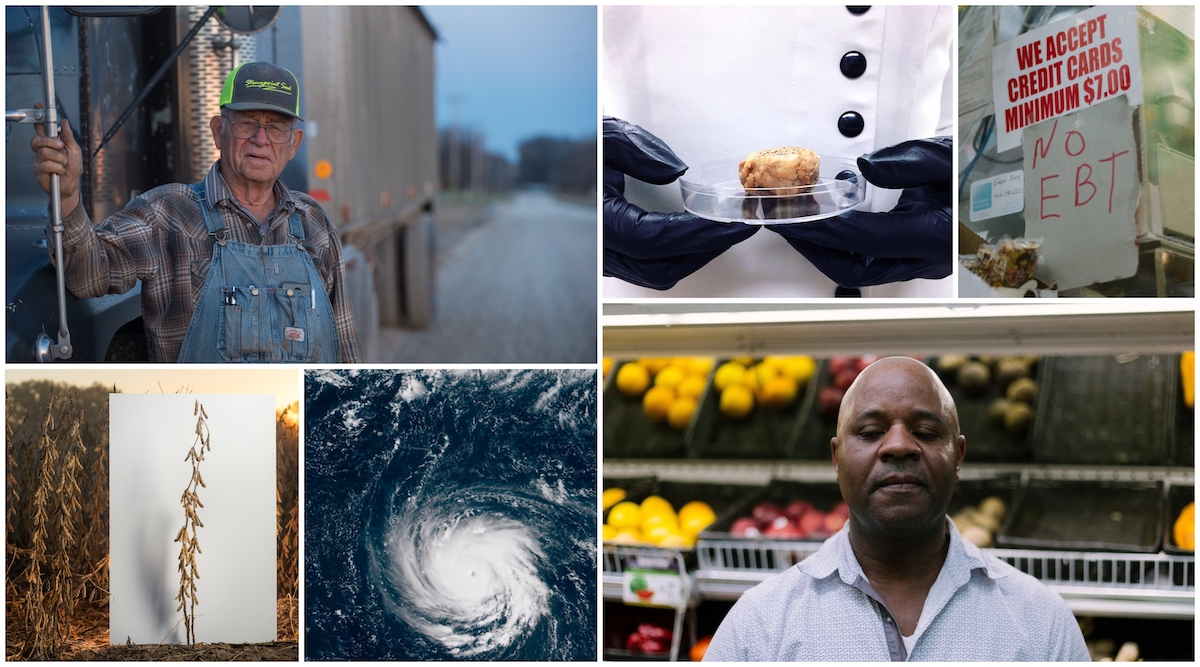
Okay, we admit it: This started as a more conventional year-end roundup. By now, it’s a familiar trope of digital media to close down the holidays with a backward glance, giving one last bump to the year’s best and most impactful reporting. But as we looked through the articles we published in 2018, we realized that we still had a lot of unanswered questions. How had stories continued to develop after publication? What had changed since the news cycle moved on? And what had we missed by directing our attention elsewhere?
We’ll still be running a more traditional list of our editors’ favorite pieces from 2018. Look for that next week. But rather than pair that offering with a best books list or primer on political discourse at the dinner table, we thought we’d try something more unusual—a roundup that ties up all the loose ends we left hanging. There are a lot of them. From policy fights over the farm bill to the latest food safety recall, we had a whole lot keeping us busy in 2018. So during this brief holiday lull, we’re taking a moment to ask questions like, well, whatever happened to that infamous “harvest box”? And how about the food pantries that survived Hurricane Florence?
Our reporters wanted to know. What they found out was sometimes good, often bad, and occasionally even ugly. So without further ado, whatever happened to:
~
…criminally bad prison food? One of the more disturbing details of our investigation into the poor state of food in correctional institutions, co-published earlier this year with The Atlantic, was this revelation: In some states, sheriffs can personally pocket money left over from the food budget for the jails they oversee. In Alabama, for instance, Etowah County Sheriff Todd Entrekin had bragged about making huge sums—more than $250,000 a year—from a fund intended for the county’s jail food program. The problem with that should be obvious: When officials are incentivized to spend less on meals, the food served tends to plummet in both quality and quantity. But there’s some good news here. In July, Alabama’s Republican Governor Kay Ivey ordered the state’s comptroller to ensure that payments of some types of funds related to jail food “no longer be made to the sheriffs personally.” Critics say the move won’t stop the practice completely. But it’s a big step in the right direction. —Joe Fassler and H. Claire Brown
…food pantries in the wake of Hurricane Florence? When Hurricane Florence hit the North Carolina coast in September, Delicia Linteau took shelter with family inland until the storm passed. When she returned, devastation was everywhere. Homes had been crushed, buildings destroyed, and Linteau, founder of a local food pantry, had lost about $4,000 worth of food. But she didn’t want to dwell on that tally when I followed up with her this month. Instead, she expressed gratitude for the people who donated supplies and water to help rebuild the city, and the organizations that donated the hot meals she served for a week after her return. “God just showed me that people care for each other,” she says. Residents are still bringing order to their lives, and Linteau is happy that her pantry can help: “A lot of people living in hotels, they use [the food pantry] as their refrigerator.” —Jessica Fu

…all those soybeans? You might have heard that China, the largest buyer of American soybeans, decided to cancel its annual order after a tariff tit-for-tat, leaving farms in the lurch during an unusually productive year—somewhere in the ballpark of a billion bushels, unsold. So where did all those soybeans end up? Largely, they stayed on the farm. Reuters reporters canvassed soy country and found the crops rotting in the fields and sitting in snow-dusted piles under tarps. Usually, farmers might consider buying steel bins when they have a surplus. But as we reported, Trump’s tariffs took that option off the table for some of them. What resulted was a boon for the grain storage industry—the companies that make white, sausage-like silo bags for on-farm storage, and the corporate grain traders who charged through the nose for access to their at-capacity grain elevators. —Sam Bloch
…cell-grown duck pâté? In April, I visited San Francisco to report on a plant-based “egg” scramble made entirely from mung beans—the latest product from leading alt-protein company Just (formerly Hampton Creek). Since Just is best known for vegan alternatives, like its pea-based (and controversial) Just Mayo spread, I was surprised to learn of the company’s ambitious plans in cell-cultured products. By the end of 2018, Just reps assured me, the company would debut the first-ever lab grown meat product for sale to the public. (The offering, I was told, would derive from a species “in the avian family.”) My reaction? Big, if true! Growing meat from animal cells turns out to be extremely hard to do at scale, and the first company to figure out the secret is likely turn the protein market on its head—and make a killing in the process.
Throughout the year, Just repeated this promise, with the company’s CEO Josh Tetrick suggesting cell-grown chicken, foie gras, or chorizo could be on the immediate horizon. Though Tetrick was telling reporters in 2017 that the product would be sold “on the marketplace,” the company seemed to be downplaying expectations by this fall, with a representative saying that the product was likely to debut only “in a foodservice setting—a restaurant or handful of restaurants, not retail.” Now, with the end of the year just days away, it’s clear: Just’s timeline was probably never meant to be. But it was great marketing. —Joe Fassler

…Wisconsin’s plan to drug-test SNAP applicants? In December of 2017, we reported on outgoing Republican Governor Scott Walker’s (possibly illegal) plan to drug-test unemployed applicants to the Supplemental Nutrition Assistance Program (SNAP, formerly food stamps). Nearly a year later to the day, Wisconsin Republicans enshrined that plan into law. The incoming Democrats won’t be able to roll it back unless a court strikes it down. —H. Claire Brown
…the delivery driver who said he worked for Grubhub? When you order food to be delivered, who is the driver or e-biker delivering it? Do they work for the restaurant? For themselves? Or even, for you? The way a worker is classified sounds boring, technical, and perhaps even ontological, but it matters, and has serious consequences. The difference between being a restaurant employee and a freelance driver are the available protections—things like a minimum wage, health care, and even workers’ comp. This year saw perhaps the first-ever lawsuit alleging that a Grubhub driver named Raef Lawson worked for the app company, not for himself, and was therefore entitled to the protections of an employee. Lawson lost, but since then, California has turned to a new employment standard, and Silicon Valley is running scared. Lawson’s case is currently being heard in an appeals court. —Sam Bloch

…the South Dakota newspaper suing USDA? This case may be heard in the Supreme Court. In August, we wrote about the Argus Leader, a South Dakota newspaper locked in a seven-year legal battle to obtain data on retailer profits from the food stamps program. The case wound its way through the court system and USDA ultimately decided to stop defending it. The story might’ve ended there, but the Food Marketing Institute (FMI), an industry association representing retailers and wholesalers, stepped in to defend the case on the government’s behalf. After it lost in the Eighth Circuit Court of Appeals, FMI appealed all the way to the Supreme Court. We’ll likely hear in January whether or not it’ll go any further. —H. Claire Brown
…the “Harvest Box?” The Trump administration, along with a determined coalition of Republican politicians, tried very hard in 2018 to narrow the Supplemental Nutrition Assistance Program (SNAP, formerly food stamps). Their wackiest and most unlikely proposal, teased back in February, was to replace half of a recipient’s monthly benefit with a pre-packed “harvest box,” filled with non-perishable foods (read: not fresh) like cereal, pasta, and canned vegetables, that would have, they said, saved taxpayers billions of dollars. The proposal, which Mick Mulvaney, now Trump’s chief of staff, described at the time as “Blue Apron-like,” was swiftly condemned as too complicated, too mean, too bad for business, and was dismissed by Congress. But perhaps the most egregious and tone-deaf aspect of the proposal was its troubling similarity to the longtime food distribution program already being administered on Indian reservations—one that has had profound public health consequences for Native communities. The harvest box is not dead yet. Last we heard, Agriculture Secretary Sonny Perdue hopes to revive it as a pilot program in 2019. —Sam Bloch

…oyster reef restoration? 2018 was a great year for our bivalve friends. Conservation efforts to rebuild oyster reefs—and oyster castles, too—using recycled shells are well underway in coastal states across the country, from South Carolina to New York. Many of these initiatives aim to restore oyster populations and serve as natural breakwaters to prevent shoreline erosion. One such project, based in Texas, will even include a designated section for oyster fishers, ideally to buoy a once-thriving local industry that has been devastated by climate change and over-harvesting. Earlier this month, the Galveston Bay Foundation, an environmental nonprofit, announced it had reached a milestone: Since 2011, it has recycled 850 tons of oyster shells. Here’s to more oysters in 2019, mothershuckers. —Jessica Fu
…Trump’s promises to farmers? In January of this year, I visited the American Farm Bureau’s annual convention in Nashville, Tennessee. So did President Trump. At the time, farmers were really worried about the president’s trade policy—in particular, his plans to withdraw from NAFTA. (The Chinese trade war didn’t kick off until the summer.)
In his address to the Bureau, Trump promised to pass a farm bill “including crop insurance” on time, roll back the Waters of the United States (WOTUS) rule, and assured them that NAFTA negotiations would result in a “better deal.”
Fast forward 11 months, and we’re two for three. In December, USDA finally published its long-awaited plan to rollback WOTUS, though the text itself had just about everyone scratching their heads. The same week, the House and Senate approved a new farm bill, which largely preserved the status quo. Yes, it includes crop insurance.
Yet on trade, the policy that Bureau attendees told me matters more than anything, the president’s track record is pretty spotty. He started a very public battle with China that caught ag products in its crosshairs, then promised to bail them out to the tune of $12 billion—a plan some liken to a proverbial thumb in the dyke. As of mid-October, American soybean sales to China had declined by 94 percent. —H. Claire Brown

…broadband in rural Iowa? In June, we visited Chariton Valley, Iowa, where a local electric cooperative wanted to apply for some of the billions of dollars that the Federal Communications Commission (FCC) gives out annually to broadband providers. But there was a problem. The data FCC relied on to determine who should get those funds showed that thousands of rural Iowans—and likely millions more across the country—were already covered. It wasn’t true. Speed-test data we obtained showed otherwise. Since we published, FCC has opened a new fund for providers of wireless broadband, or 5G, and opened an investigation into coverage data suspected to be significantly exaggerated. Whether or not that will include rural Iowa remains to be seen. “We’re not giving up,” Bryon Stilley, the co-op’s CEO, told me, when I asked about his plans to pursue funding. “We’re gonna trudge forward.” —Sam Bloch
…funding for mental health services in farm country? In March, Minnesota’s Republican Congressman, Tom Emmer, introduced a bipartisan bill to fund mental health services in farming communities. The proposal would have re-authorized an existing free mental health resources program known as the Farm and Ranch Stress Assistance Network (FRSAN). The program was created in the 2008 farm bill but was never funded. Now, that’s changing: This year’s farm bill granted USDA $10 million annually to fund FRSAN through 2023. Going forward, Congress will also ask USDA for annual reports on the state of mental health in rural America. Given the severity of the suicide crisis for agricultural workers—the scope of which has been miscalculated by the CDC and misreported in a number of news outlets—Congress’s attention to the issue is particularly apt. —Jessica Fu

…lunch-shaming? In April, we reported that lawmakers in Washington state banned the controversial practice of lunch-shaming, in which students with unpaid lunch debt are given a cold sandwich substitute or, worse, refused a meal, until the school can recoup costs. A full semester has passed under the new law, and there have been somewhat unsurprising reports that lunch debt in Washington is on the rise. One district faced $50,000 in new meal debt in the first three months of the school year alone, The News Tribune reported. This trend isn’t particularly unusual. We noted a similar pattern in Denver, Colorado, after the city’s public school system banned the practice in August 2017. Of course, schools can’t afford to write off lunch debt year after year. Perhaps 2019 will bring an even more meaningful solution to the problem of lunch debt: Better funding that will allow them to feed all students without going into the red. —Jessica Fu
…food delivery workers’ e-bikes? Almost exactly a year ago, a coalition of New York food delivery workers rallied on the steps of City Hall to protest Democratic Mayor Bill de Blasio’s ban on e-bikes, which they said would lead to a rise in racialized policing of largely immigrant populations. De Blasio defended the ban as a matter of public safety, but failed to point to concrete evidence that e-bikes cause more accidents than bikes writ large. (Don’t even get us started on accidents caused by cars.) The fear, one delivery worker told us, was that the ban would make work for food delivery people—who bike up to 10 hours a day across the city to quell its endless hunger for Seamless and GrubHub and Postmates and the like—more physically taxing than it already is. After intense criticism, de Blasio legalized pedal-assist e-bikes in April of this year. E-bikes that can run without pedaling, called throttle bikes, remain banned. —Jessica Fu

…tips? The short answer is nothing. A reality of the restaurant industry—that waitstaff in some states make as little as $2.13 an hour and depend on tips to make up the difference—came under scrutiny this year, with voters in Washington, D.C. casting ballots to pay tipped workers the state’s minimum wage, and the Governor of New York directing his labor commissioner to see about doing the same in the Empire State. This isn’t a simple issue. Restaurant owners are convinced that higher wages will spell doom for their businesses, while some servers have taken the position that a raise will cut into their tips—often the means to a decent living. For now, those voices have prevailed, as the District overturned the will of its voters. And after a series of contentious hearings, New York’s labor department is still chewing it over. —Sam Bloch



